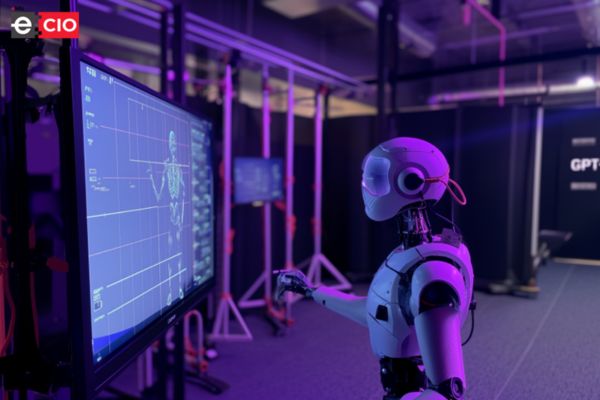
In a groundbreaking study, researchers at the University of California, San Diego, have provided what they claim to be the “first empirical evidence” of an artificial system successfully passing a standard three-party Turing Test.
The Turing Test, conceptualized by British mathematician Alan Turing in 1950, measures machine intelligence based on whether an interrogator can distinguish between human and AI-generated responses in a text-based conversation. In this experiment, human participants engaged in five-minute conversations with both a human and an AI model through a split-screen interface. Their task was to identify which participant was human.
Three AI models—OpenAI’s GPT-4.5, Meta’s Llama 3.1 405B, and OpenAI’s GPT-4o—were put to the test under two different settings: a “NO-PERSONA” condition with minimal instruction and a “PERSONA” condition where the AI was guided to adopt human-like traits.
Key Findings:
- GPT-4.5 with a persona prompt fooled interrogators 73% of the time, making them believe it was human.
- Llama 3.1‑405B with a persona prompt had a moderate success rate of 56%.
- GPT‑4o without persona guidance was the least convincing, achieving only 21% success.
Also Read :- Amandeep Sarna joins ITC Hotels as Chief Digital & Information Officer
Human-Like Conversations
The research revealed that 61% of interactions focused on small talk, while 50% touched on personal opinions, emotions, humor, and experiences—topics traditionally associated with human intelligence and social skills.
“If humans are unable to reliably distinguish between AI and real people, then the AI is considered to have passed the Turing Test,” the study noted. The researchers further suggested that such AI systems could soon integrate into industries reliant on short conversational exchanges, potentially reshaping customer service, social interactions, and even personal relationships.
OpenAI’s GPT-4.5, released in February, has been particularly noted for its emotionally intelligent and creative responses. Ethan Mollick, a professor at The Wharton School, commented on X that the model “writes beautifully, is highly creative, and sometimes oddly lazy on complex tasks,” humorously adding that it seemed to have taken extra classes in the humanities.
With AI systems now capable of convincingly mimicking human conversation, the boundary between artificial and human intelligence is becoming increasingly blurred—raising both exciting opportunities and ethical questions about the role of AI in society.
Be a part of Elets Collaborative Initiatives. Join Us for Upcoming Events and explore business opportunities. Like us on Facebook , connect with us on LinkedIn and follow us on Twitter.
"Exciting news! Elets technomedia is now on WhatsApp Channels Subscribe today by clicking the link and stay updated with the latest insights!" Click here!












